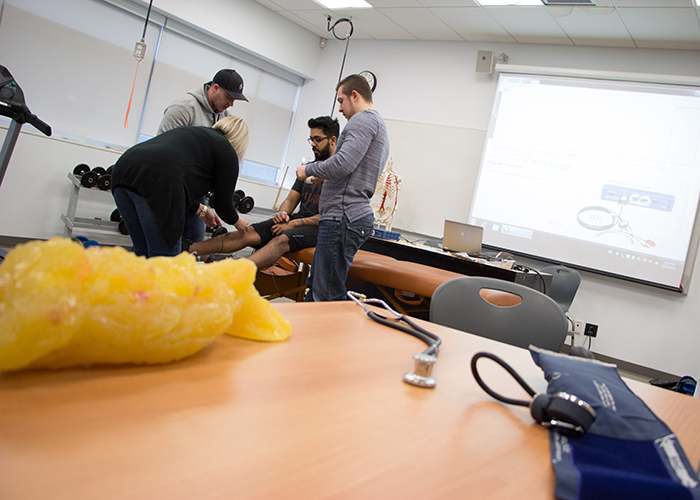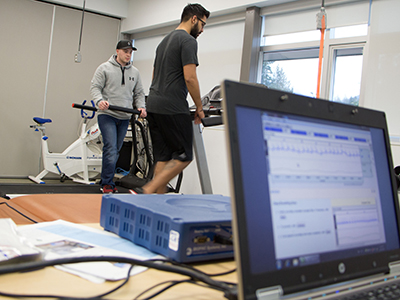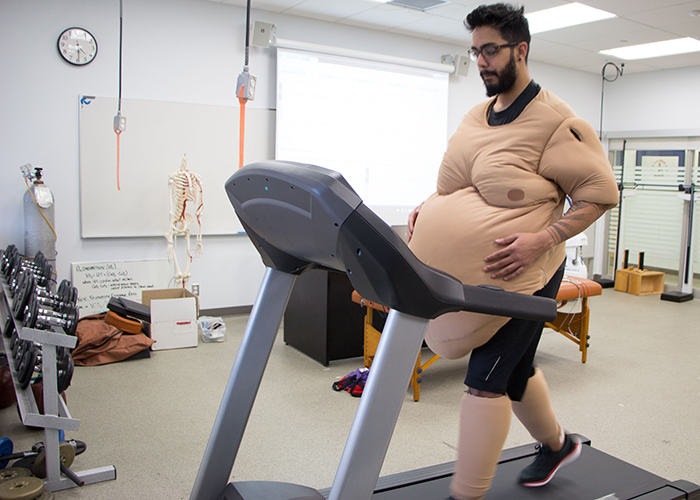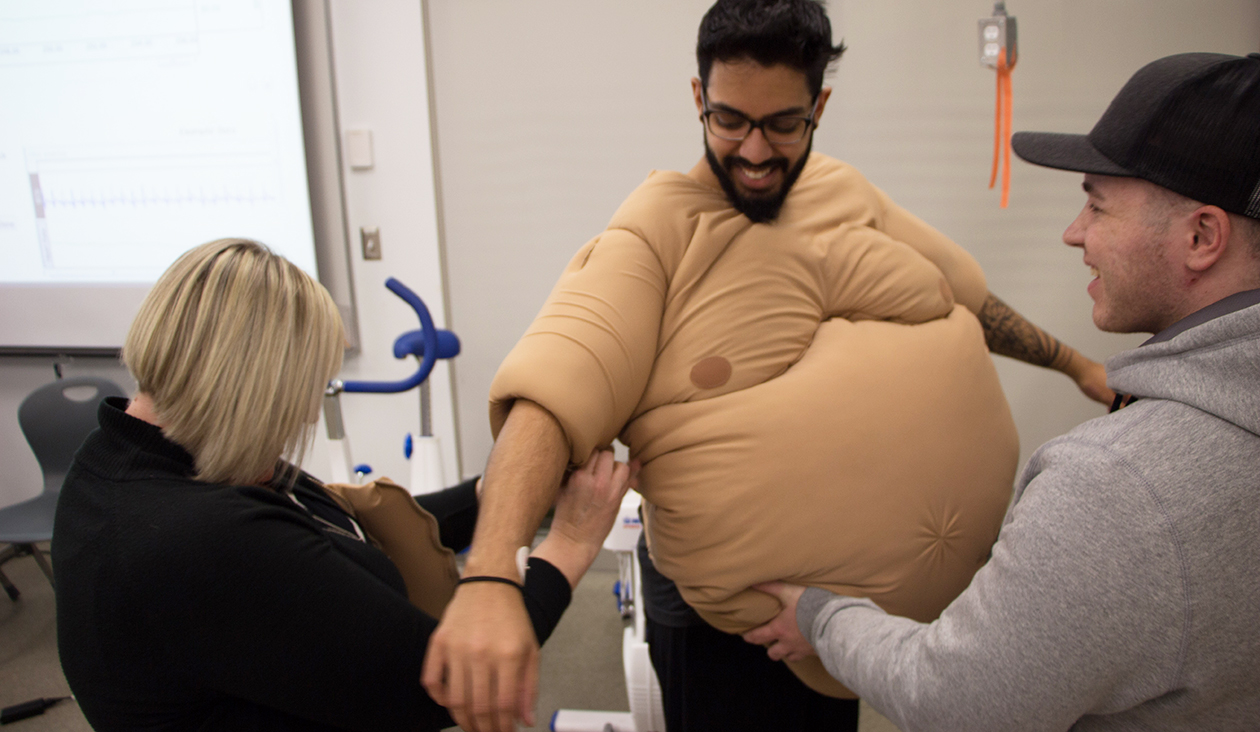Obesity is a well-known epidemic in today’s society, affecting nearly six million Canadians.
One in four adult Canadians and one in ten children have clinical obesity where immediate intervention, management and control of their weight is needed.
 Obesity is best defined as excess body fat that can affect an individuals health in many ways, some of which include: increasing the risk for further chronic disease, heart disease, high blood pressure, arthritis, cancer, onset of Type II Diabetes, respiratory, digestive and kidney related problems, not to mention overall mental health.
Obesity is best defined as excess body fat that can affect an individuals health in many ways, some of which include: increasing the risk for further chronic disease, heart disease, high blood pressure, arthritis, cancer, onset of Type II Diabetes, respiratory, digestive and kidney related problems, not to mention overall mental health.
Obesity if often misunderstood and stigmatized as a sign of being lazy, inactive, and unmotivated. This epidemic is costing our health care system billions of dollars annually.
This is where education, prevention and therapeutic exercise play a key role in helping individuals manage, understand, and control chronic conditions such as obesity.
Upper level physiology lab (KIN) students tested the dynamics of our hearts function through electrocardiography (ECG), a common method for diagnosis of heart conditions, and a baseline to provide exercise prescription for those in cardiac rehabilitation or living with other comorbidities.
 This term, we added a new component to the ECG testing, a fat suit prosthesis borrowed through our UFV Nursing Department.
This term, we added a new component to the ECG testing, a fat suit prosthesis borrowed through our UFV Nursing Department.
This suit is designed to provide practical components to understanding obesity and the restrictions with excess body weight. The suit, weighing less than 20 lbs, gives the proportions of someone weighing between 300-400 lbs.
Students underwent normal ECG testing through a variety of conditions including exercise and post HR response. Students were then suited up with the fat suit and legs, and performed the same exercise as in the normal testing conditions.
P ost HR and ECG waveforms were isolated to look at the response to exercise wearing the suit. Students had the option of running on the treadmill for a set time, or doing a series of exercises (10 jump squats, 10 burpees, 10 jumping jackets, 10 weighted lunges, and 10 push-ups). For most students, HR increased an additional 30-60 beats per minute, as did their breathing rate due to restriction on the airways, bringing some close to their max HR in a short period of time. It was also observed that mobility, gait and the overall biomechanics of their movement were altered due to wearing the suit.
ost HR and ECG waveforms were isolated to look at the response to exercise wearing the suit. Students had the option of running on the treadmill for a set time, or doing a series of exercises (10 jump squats, 10 burpees, 10 jumping jackets, 10 weighted lunges, and 10 push-ups). For most students, HR increased an additional 30-60 beats per minute, as did their breathing rate due to restriction on the airways, bringing some close to their max HR in a short period of time. It was also observed that mobility, gait and the overall biomechanics of their movement were altered due to wearing the suit.
Students who chose to ran, had difficulties keeping the same pace as they had in the normal testing condition, and had to adapt their footing and pace to wearing the suit.
The goal of this testing was to provide some insight for students to understand the limitations with obesity and to think about their future clients in a different way.
As Kinesiologists, its part of our job to help create more awareness and prevention around obesity and physical activity. It demonstrates the need to understand the role of exercise prescription in weight loss and overall weight management.

